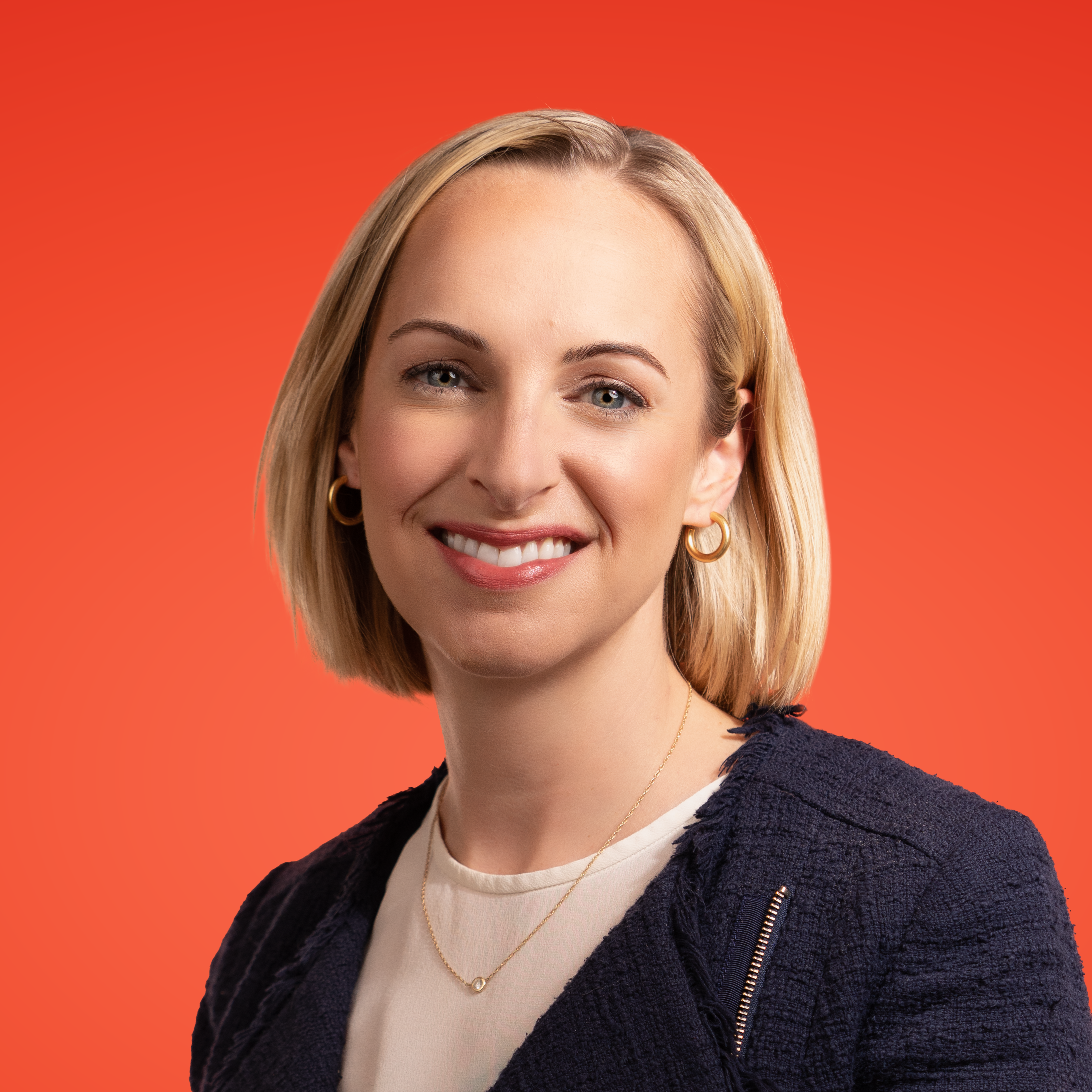We recently had the pleasure of hosting our CMO Consult Webinar, where I was joined by Udi Ledergor, Gong CMO, and Sydney Sloan, former CMO at Salesloft. Both companies were named to G2’s 2022 Best Software Awards lists, based on verified reviews from real users coupled with an impressive market presence. With experience leading marketing at some of the best B2B software companies around, Udi and Sydney know a thing or two about disrupting established markets and how to rise to the top of their categories.
Choosing software category disruption over creation
We’ve all heard software vendors say they’re the ONLY one in their market. They’re creating a net-new category that doesn't exist. While this certainly can be true, more often than not, there is an existing category they fit into.
Sydney argues that you always need to think first about the purpose of your category and more importantly - if you actually need to create one. Don’t jump to this as a first option as it’s a long, arduous, and expensive process. There are plenty of other ways to win a market, like disrupting a category that already exists. She says education should be a top priority for organizations, casting a vision for what the market can be – which may be much further than what your product is delivering today. Udi cautions category creation as well, noting there are often easier ways to win most markets. It’s not something we all have to do.
As an example – and sure, to toot our own horn a bit – at G2, we’ve disrupted the way software category creation is done. We’re not a traditional analyst firm that is pay-for-play and based on individual analyst opinions, which can be biased and outdated. We root everything we do in authentic, verified, real-time peer reviews that allow for organizations to understand the end-user’s perspective.
How to do category creation right, when it makes sense
If you do, however, decide to build a category, it’s important to have customer champions, analysts, and experts who are covering your ‘category’ in the desired way, and to have someone else in your space (competitors!) to ensure it’s a viable category.
Despite Udi’s caution, he has some experience here. At Gong, they first found a similar category - conversation intelligence - that served the company well for about three years. Then, two problems emerged creating the need for a new category: 1) they were outgrowing the category, and 2) their product offering at the time was farther reaching than anything seen in the market.
Gong also wanted to keep the attention of senior sales leaders, especially in enterprises, when they talked to them about conversation intelligence. To determine the appropriate category and path forward, Gong brought someone on to focus specifically on category design and amplification.
They landed on “Revenue Intelligence.” Of course it’s a risk to pioneer something new, but when done well, you reap the benefits in the long run. The drastic uptick in “Revenue Intelligence” search volume is just one indicator of the category’s success. Gong’s competitors have changed their product language and messaging to be around this terminology too.
Clearly, they timed their move right, and timing…sometimes is everything. Take Google for example, which wasn’t the first search engine, but saw what everyone else was doing and simply did it better. Marketers can sometimes focus too much on the new, and there is an advantage to pioneering – but pioneering at the right time is more important.
Driving your strategy forward with customer-led insights
Regardless if you join, disrupt, or create a category, you want to lead it. And, tapping into the voice of the customer – having a pulse on their feelings at all times – is a crucial part of every B2B marketer’s strategy to do just that.
Sydney believes that representing the voice of the customer and understanding the customer journey is the primary role of marketing. A first step she took at Salesloft was starting with the customer journey, then mapping the marketing strategy against that – aligning all functions that serve customers. Every single G2 review was read. They even built a dedicated Slack channel for reviews. Salesloft later embedded this into the way they market, for example, featuring customer quotes from reviews on the website.
Reviews can also be leveraged to learn about category leaders. Sydney finds it helpful to see what's meaningful to their customers, and also where they're struggling. She suggests being mindful of changing customer personas based on the stage of the customer in their journey and also having a customer advisory board to inform important decisions.
For those companies with just a handful of customers, Udi offers a two-pronged approach:
- Create raving fans – This is Gong’s operating principle number one. Don't just create them, but interact with them to increase their fandom, making everything infinitely easier for sales and marketing.
- Just ask - Give customers a gentle nudge and they will give you a nice review almost always.
Reaching the top and staying there
By letting your customers’ feedback guide your path forward, you’ll be well on your way to the top, much like Gong and Salesloft have found. Once you’ve arrived though, how do you stay there?
“Celebrate for a minute and then get back to work!” Sydney says. At G2, we believe in this sentiment too. It’s important to debrief after every initiative – celebrating the victories and learning where to improve. Udi also recognizes that keeping the position as category leader isn’t easy, noting it takes daily, consistent hard work to maintain.
I hope this advice is helpful to marketers at current and aspiring category leaders alike, as I know it has been for me. At the end of the day, it comes down to having a customer-led brand strategy – which of course is easier said than done. But it’s never too late to get started.
If you missed it live, you can listen to the on-demand G2 webinar.
 by Amanda Malko
by Amanda Malko
 by Aubyn Casady
by Aubyn Casady
 by Amanda Malko
by Amanda Malko